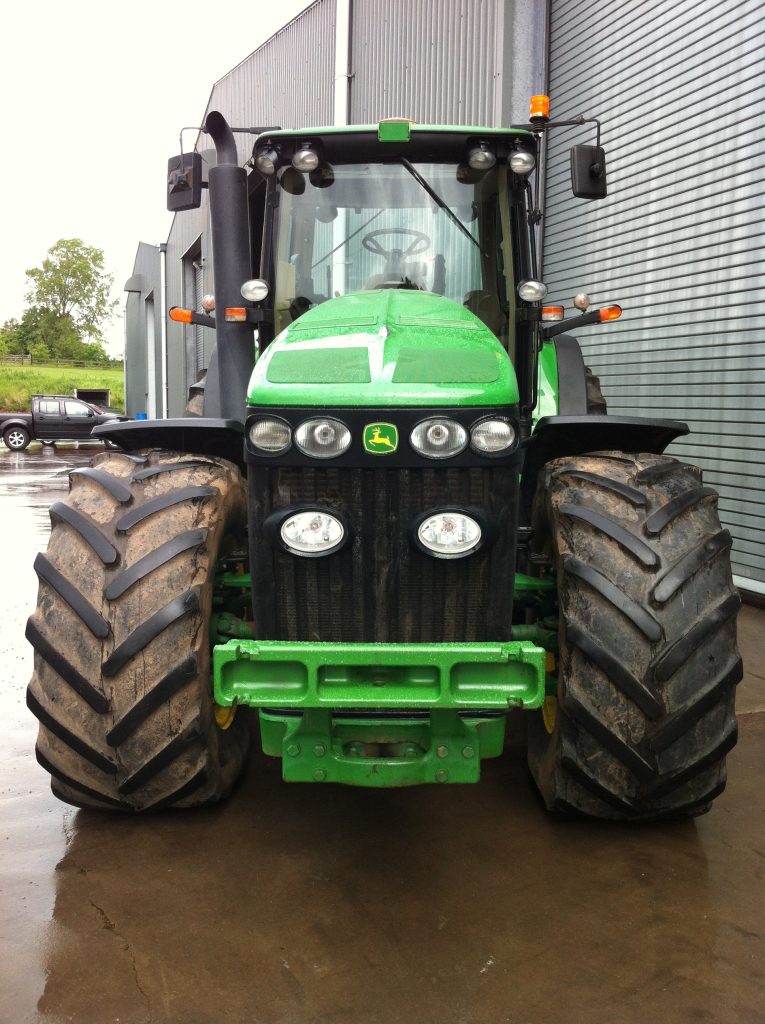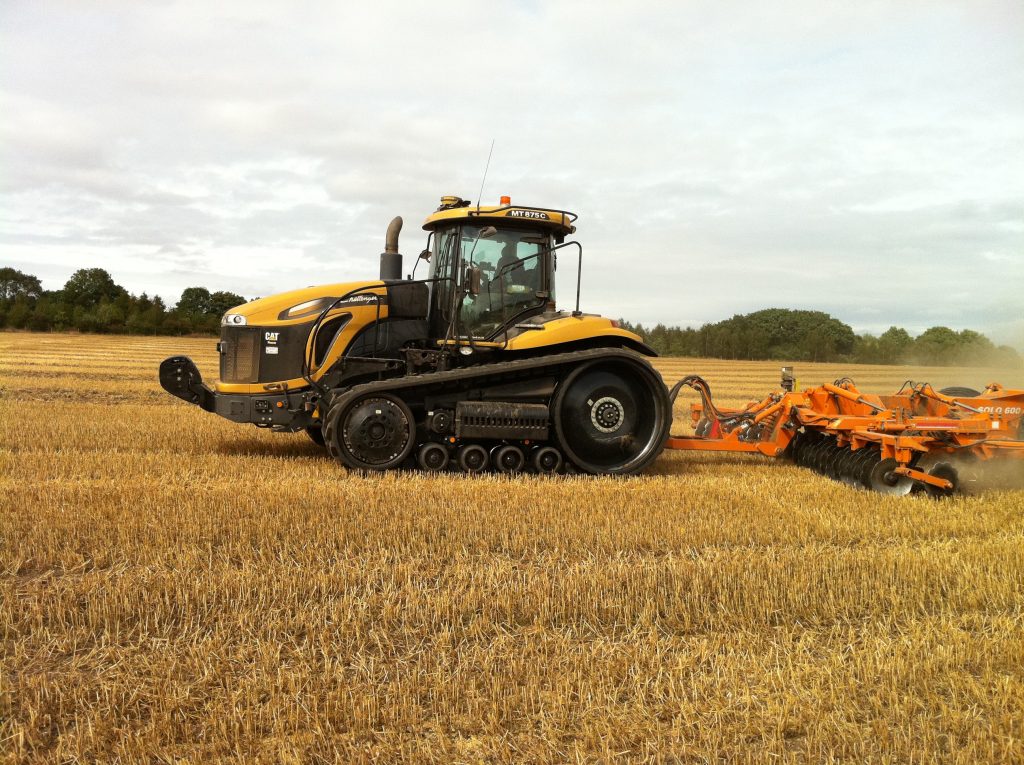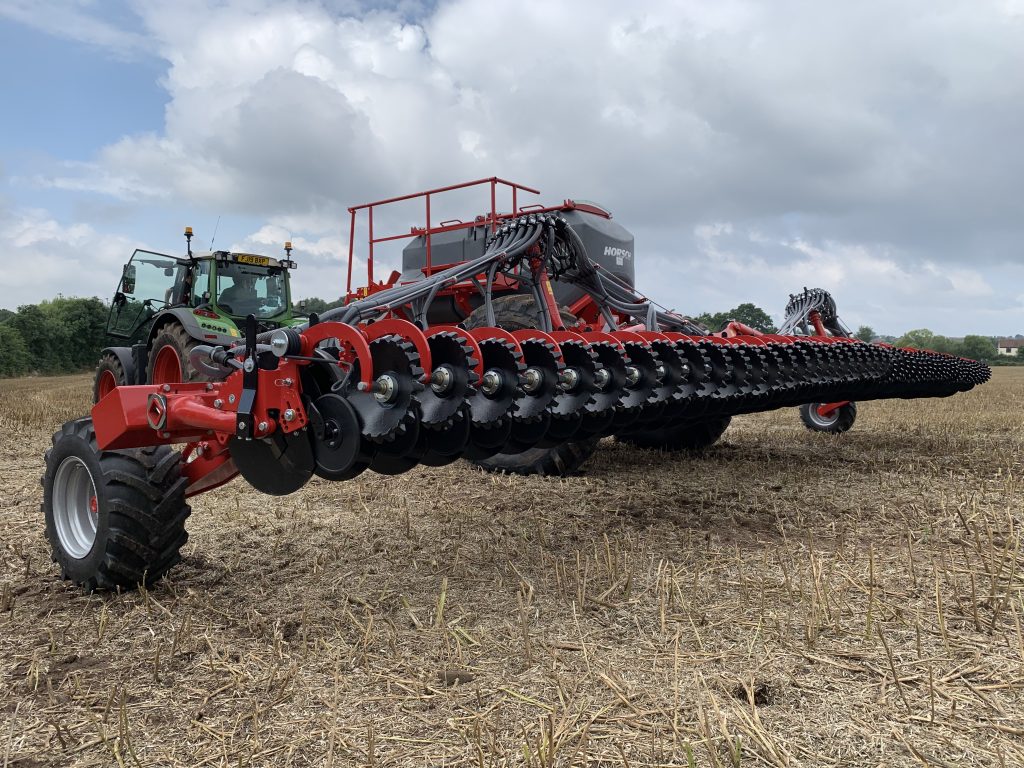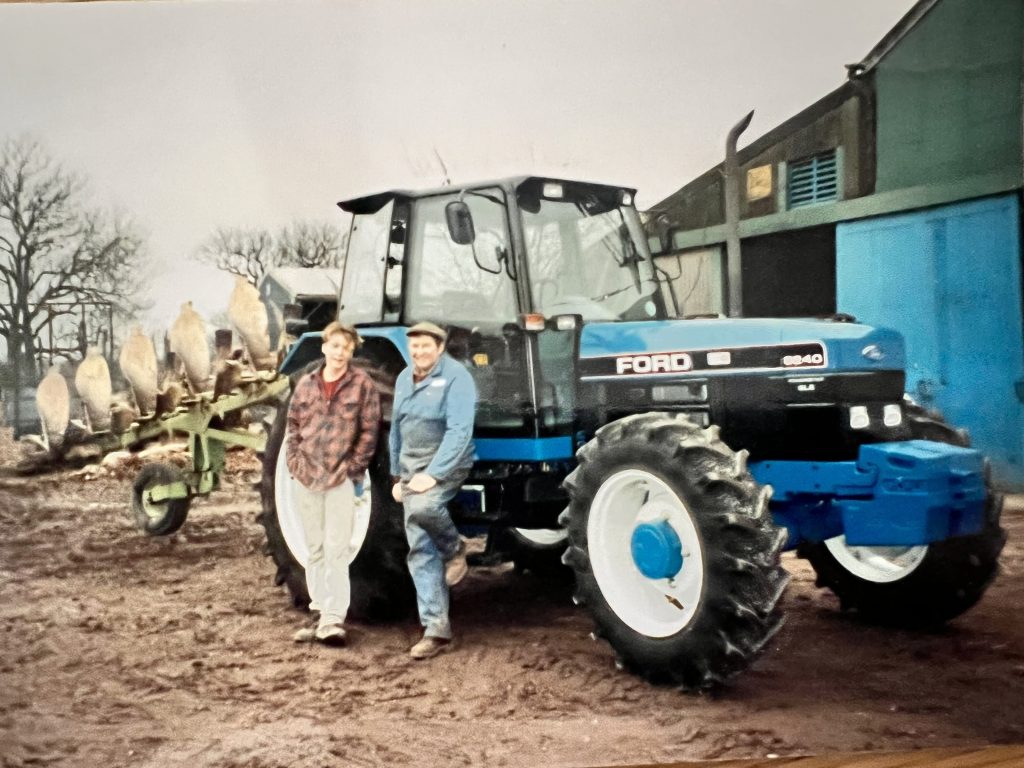October 2022
Power Corrupts
There are two occasions in my farming year that remind me of the anticipation and trepidation felt as a child when my exam results or end of term school report were received. The first is of course harvest, yields being the score card for the team effort of all involved in every part of the growing process. As the loads roll in and pass over the weighbridge filling barns we reflect upon what we got right and what we got wrong in the seemingly never-ending, life long quest for growing perfection that only a farmer can ever understand.
It is this that drives, innovates and motivates never ending improvement for the next year. The reality however is we are all, mostly, out of control of the yield outcome. That “goldilocks” year of not too wet, not too dry, not too hot or not too cold rarely, if ever, comes and there is always something that could have been done better or at different timing with the benefit of hindsight. This year I suspect many will be reflecting upon agronomic decisions such as how different synthetic fertiliser rates and strategies have impacted yield (or not) or variety and input timing choice but in truth, what will have determined all our yields more than any other factor will be the soil we have and the weather we got.

The second set of results is the end of our financial year which runs with the calendar to the 1st of January and this is the really important set of results that reflect our management of the business and its ability to adapt to whatever season we are dealt, financial performance is something we have almost complete control over, our input /output buying and selling decisions, our labour and machinery spends and our agronomic strategy can all be adapted as inevitably weather and trading situations change. I do say “almost” complete control however as there is nearly always something unexpected and an element of luck that could never be planed for or expected by even the most perfect of management business plan, that unexpected major mechanical failure or that out of the blue ill health or personal issue.
Whilst financial contingency for that unexpected breakdown can be budgeted for to some extent it’s the latter personal and staffing issues that can be a lot harder to plan for and disruptive to workload, time cannot be easily bought, or can it? For an arable farm to be profitable these days requires absolute focus on minimising fixed costs. Highly skilled operators are both one of the harder to find and more increasingly expensive resources for many farms.
Larger machinery has provided great opportunity to reduce the need for so many to be involved in establishment, care and harvesting of crops and although larger, higher output machines are of course more expensive their cost is somewhat mitigated by the needs for far fewer of them to complete workloads in a timely fashion. Regardless of a farms establishment strategy the trend to larger machinery has been common over the last couple of decades. At the start of my farming career our “big” tractor was a Ford 8240, which I think was just about 100hp.

That tractor comfortably ploughed and established all our crops with a power harrow combination drill on around 250 arable acres we farmed at the time, I can’t recall ever thinking we needed more power but did aspire to a 8340 or even a mighty TW model one day …….. just “because” my neighbours had one. Vanity and ego can be an expensive aspiration for a young farmer as I would learn. As acres farmed grew, labour became harder to find and justify, the tractors got bigger to pull increasingly wide cultivation and drilling equipment. Eventually power no longer seemed the limiting factor and traction did.
The more powerful tractors had got a lot heavier the 270 hp John Deere 8410 we had “grown into” being more than twice the weight of that 90 hp Ford 7810 and despite big advances in tyre technology and large sizes somewhat reducing the damage to soils that weight can do tracks were the inevitable next step, first 8520T’s and ultimately the pinnacle of BIG tractors at the time the mighty Challenger 875, all 25t and over 600hp of it!
Pulling the (very on trend at the time) Simba solo followed by a Vaderstad rapid cultivator drill it offered massive outputs vs that old 90hp plough / combi drill system, one man was comfortably establishing probably ten times the area that the Ford 8240 was capable of. It came at a cost however and despite that x10 capacity of work I have a suspicion it may have had a cost in both capital and running costs that was more than x10 the 100hp system!

Many large arable farms still run similar systems today, many will claim it’s “cheaper” to do so quoting all sorts of nonsense about economies of scale and paying high rents or entering contract farming arrangements to justify the machinery. It rarely is however, and I will be honest, the main reason I had a 610hp tractor back in 2007 was really because I wanted a 610hp tractor……. I probably just made the rest and the numbers “fit”. I don’t think I’m the first or will be the last young and ambitious farmers to apply such warped logic to my thinking. So, what problem does big solve? the answer is labour, “big” does buy time.
The ten 90hp tractors needed to cover the same workload we had at the time would have required 10 skilled operators, skilled labour is hard to find on a seasonal basis and on a purely combinable cropped farm the labour requirement is for relatively small periods of the year. Fewer full-time staff equals less costs and less problems, easier management, fewer of the most unpredictable of variables, people. However as is so often the case, as you solve one problem you create others. Power corrupts, it allows you to do things you probably shouldn’t like to cultivate too deep or in conditions that you shouldn’t.
It changes mindset about what we need, writing this article I really find it hard to believe that just 20years ago a 100hp tractor was all we ever needed, it seems that once your goal post has been moved its hard to remember what was possible. Power adds weight, lots of weight! combined with that ability to force work when conditions are not right that power can quickly add up to a lot of damage to soils, this damage needs cultivation to fix it and so the vicious circles begins where cultivation creates the need for cultivation, power requirement increases and costs spiral.
This “hamster wheel” of tillage farming is very difficult to break and faced with solving that many are simply unable to accept that it is even possible to do so. For every no-till farmer I have ever met evangelical about the change to his soils and bottom line I come across a similar number of farmers, equally as convinced they have no choice but to cultivate, their soils are somehow “different”, their farm is somehow “different”, they are somehow “different”. They may well be right, farming in the UK is anything but consistent and every farm is indeed different, there is no rule book on crop establishment and my advice to any farmer is do what works


